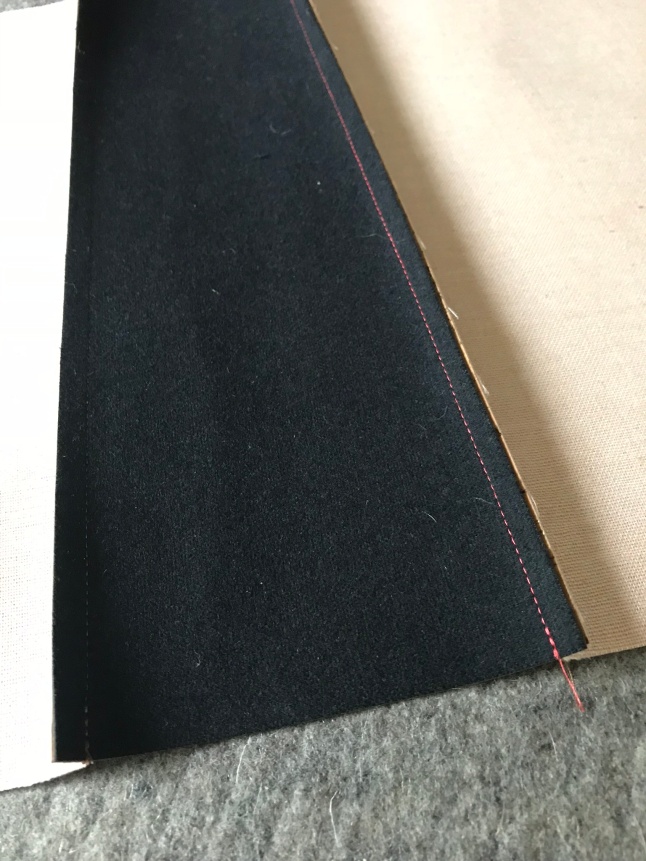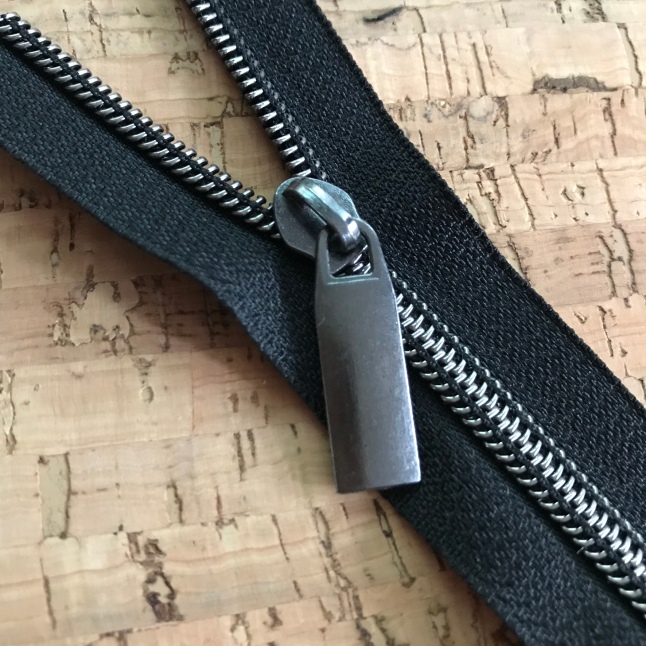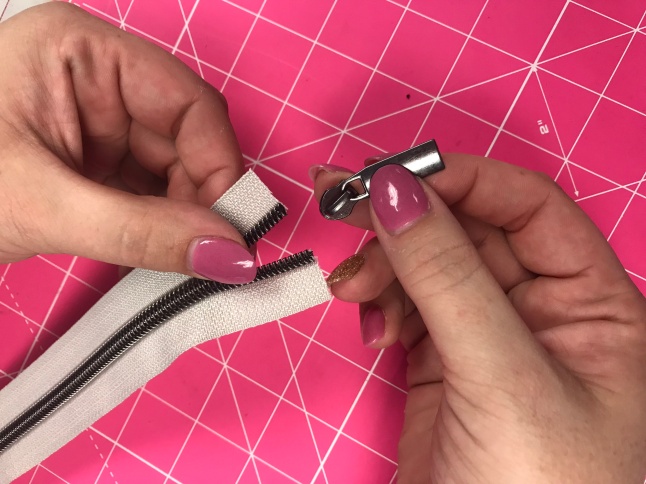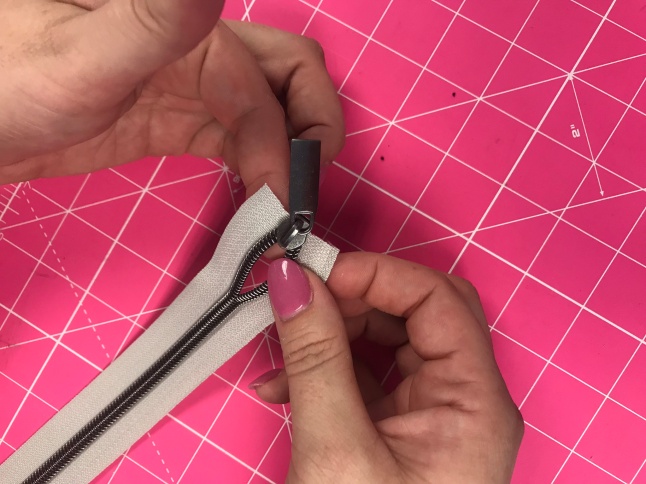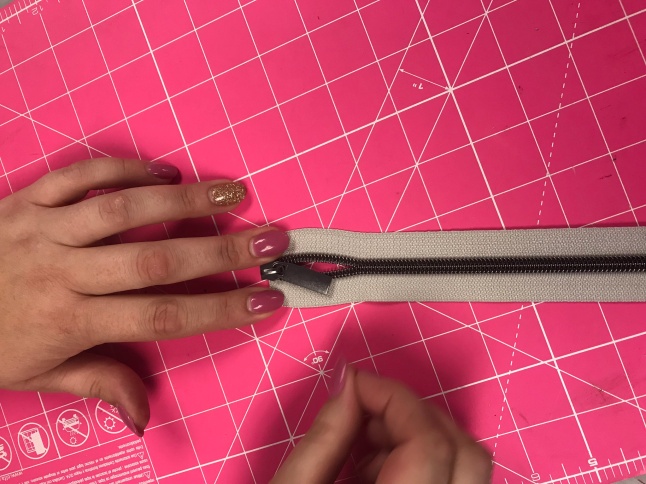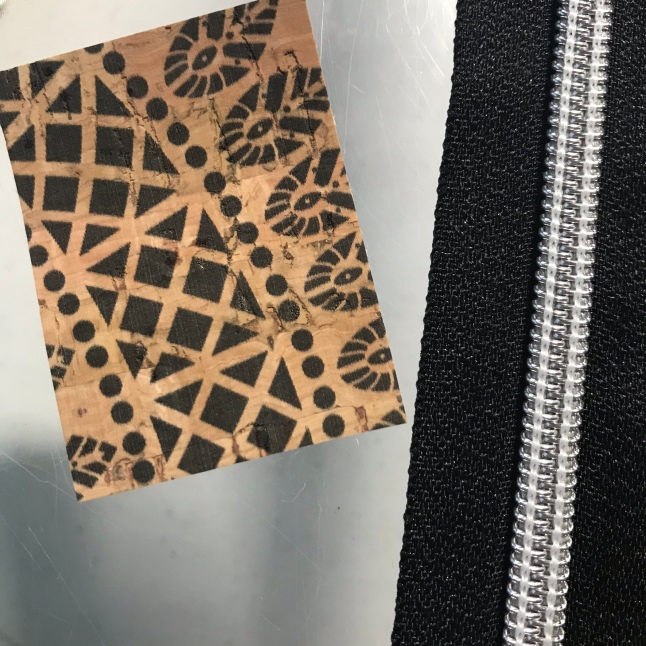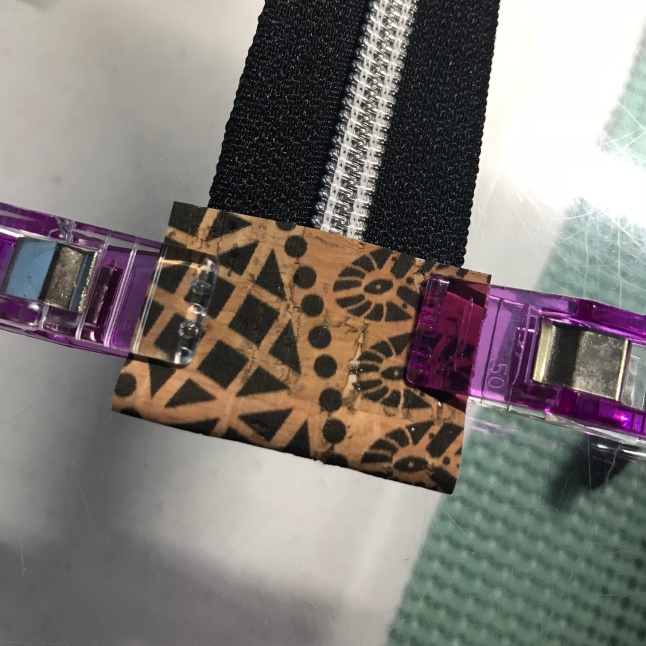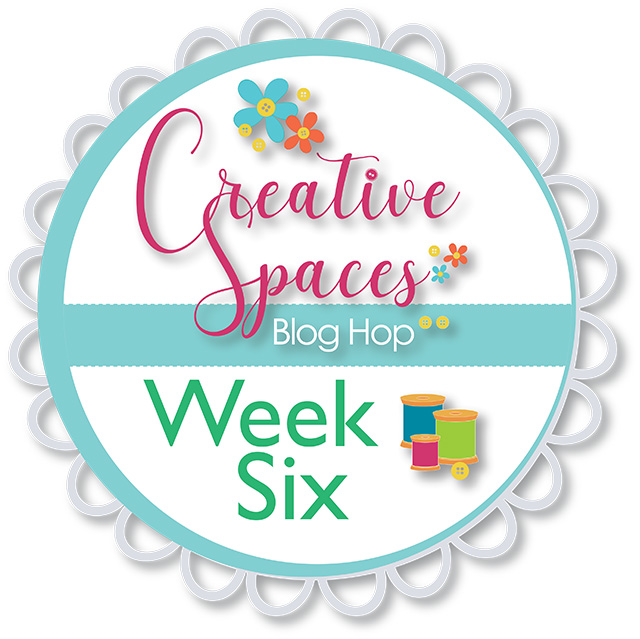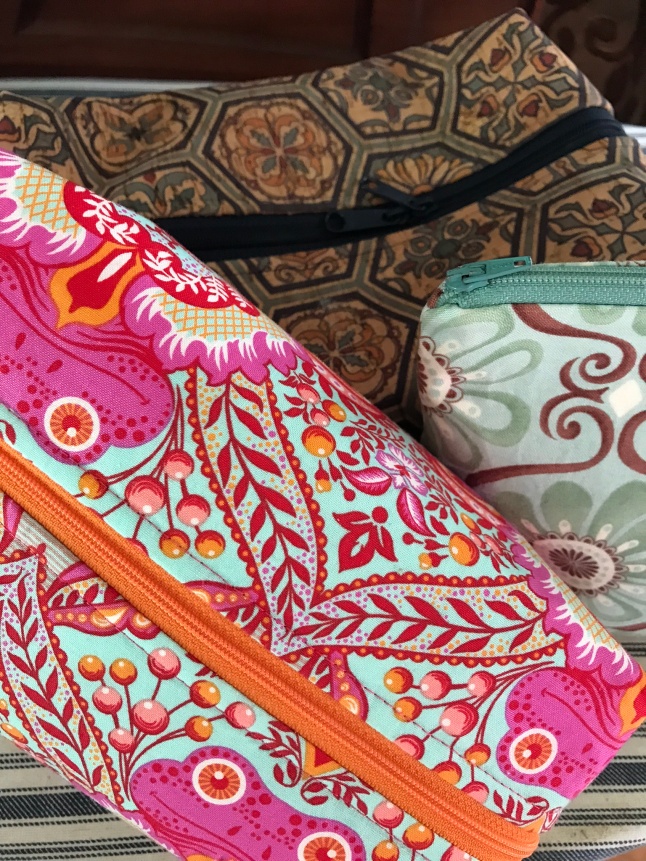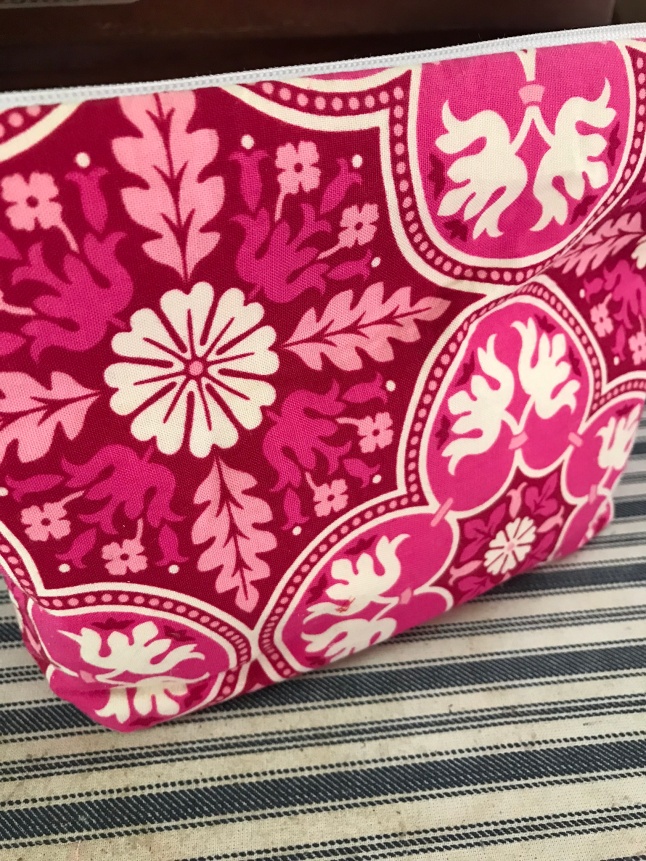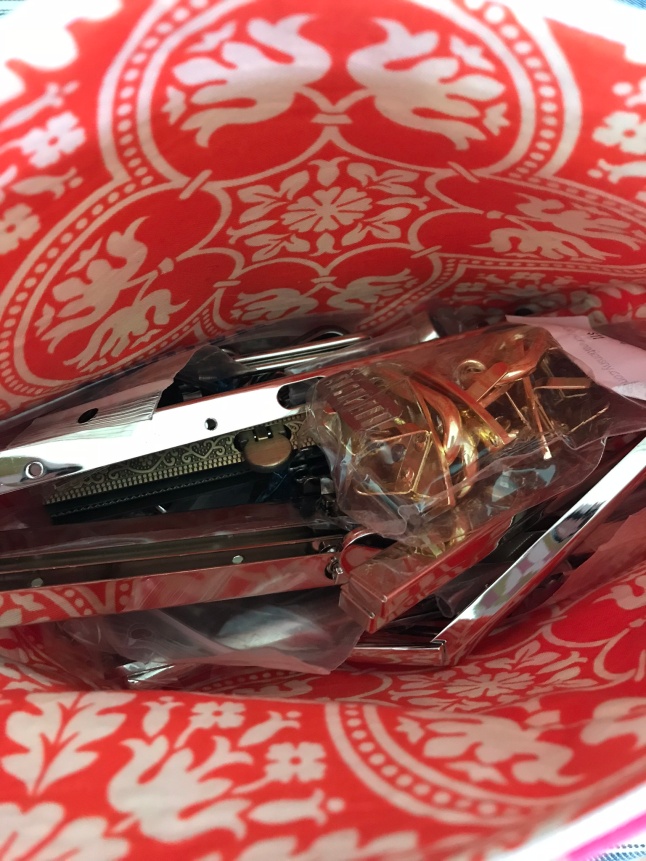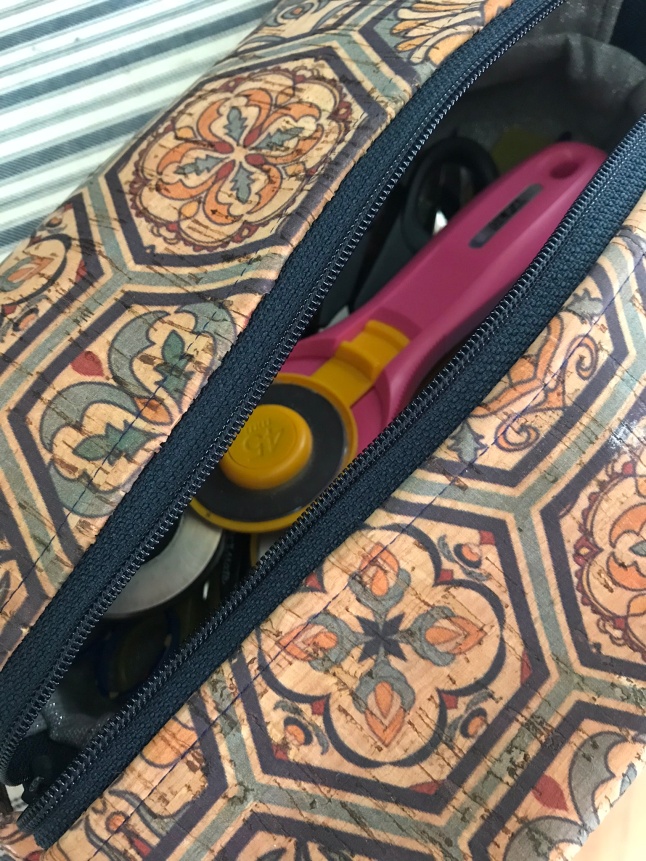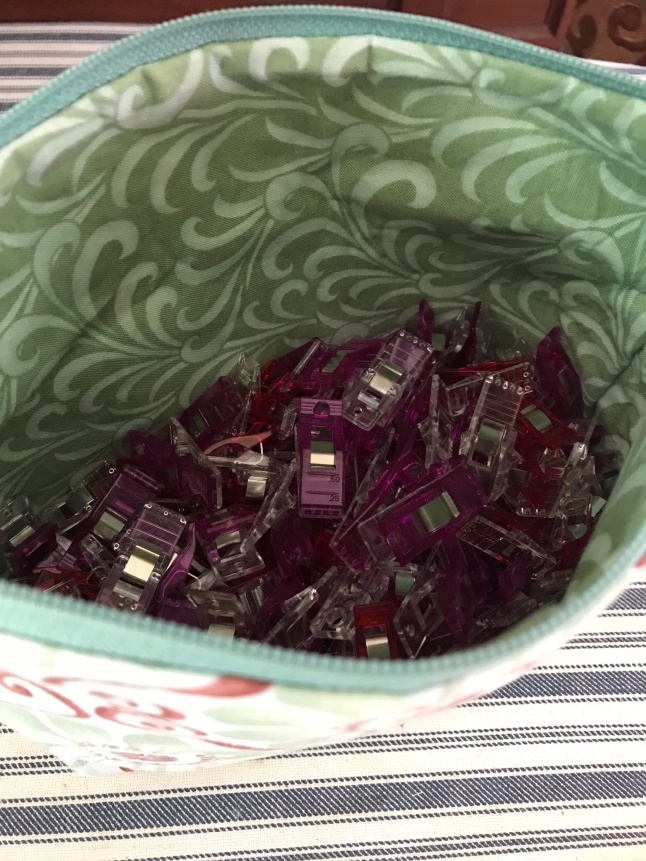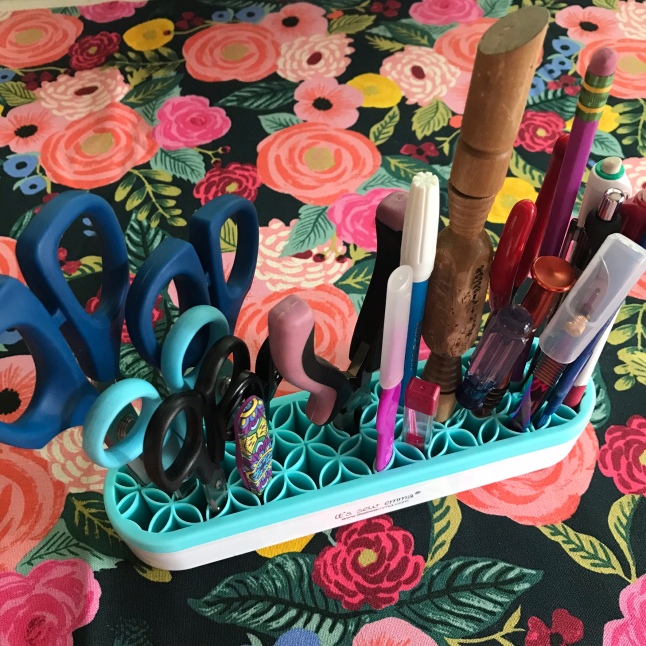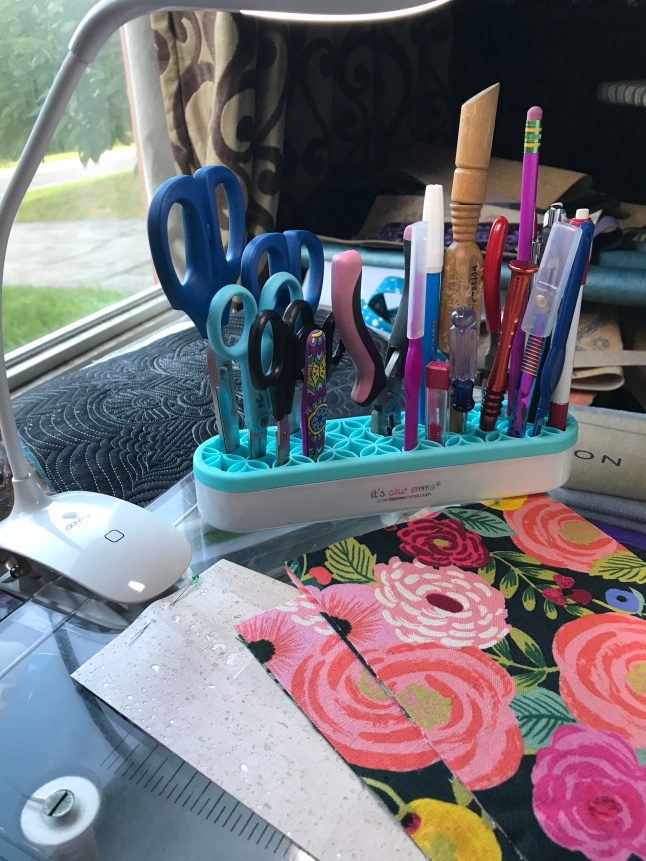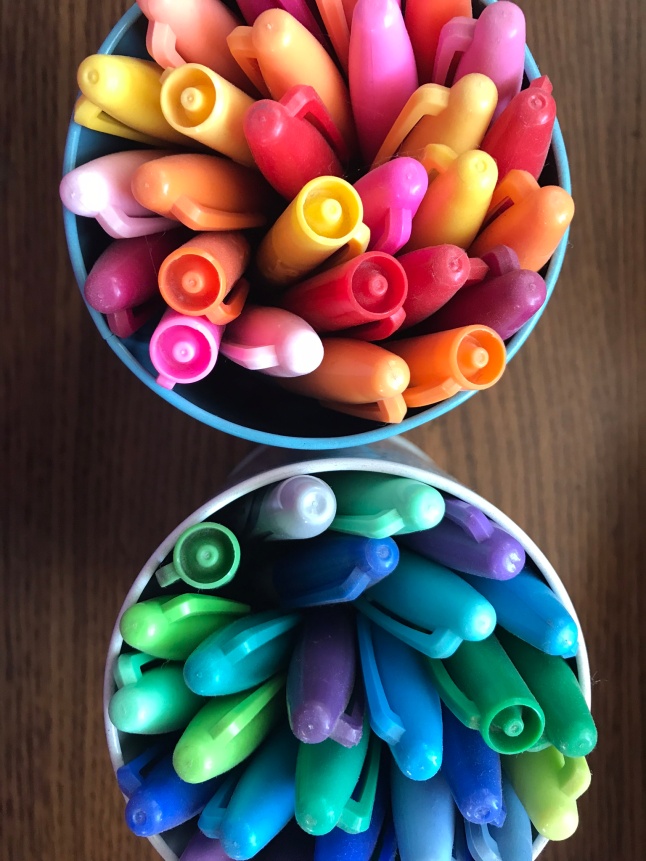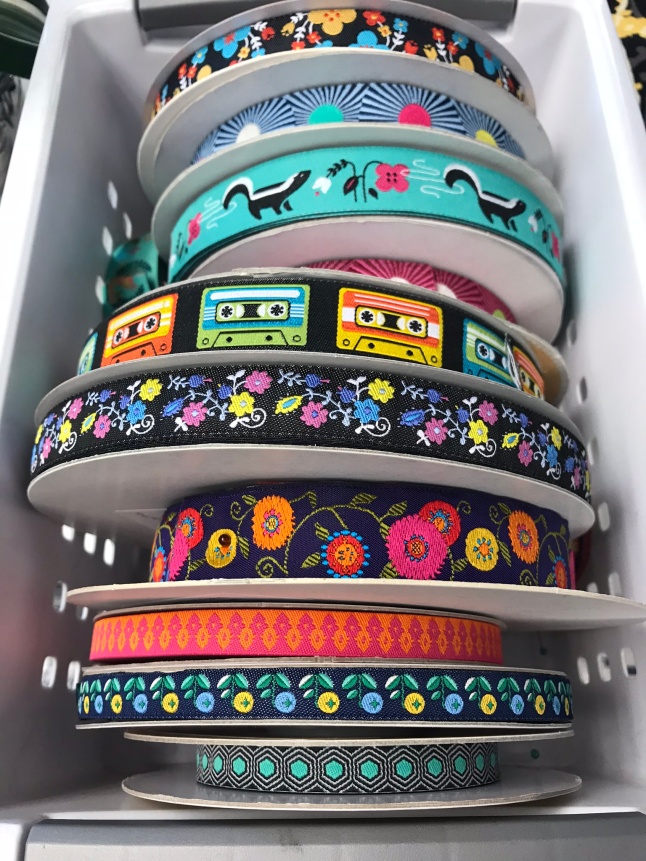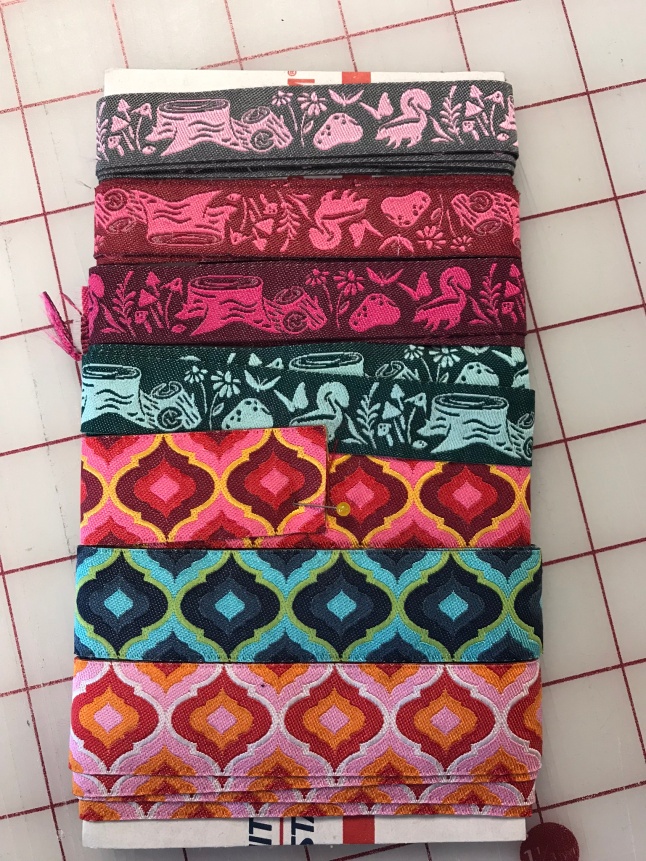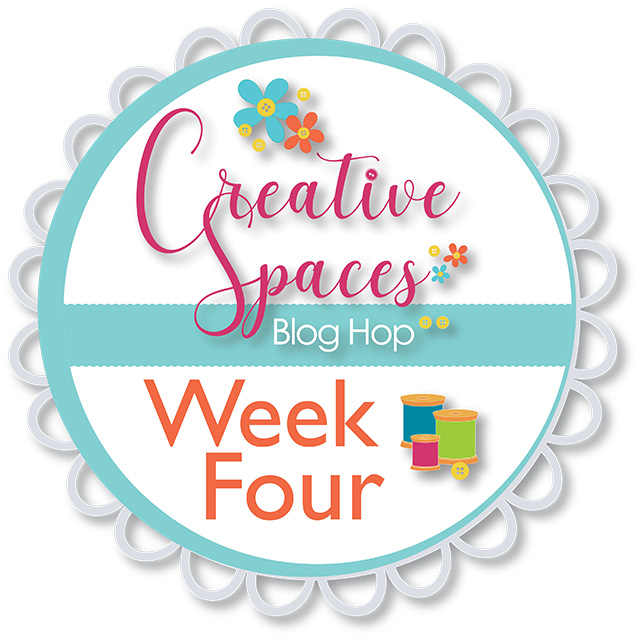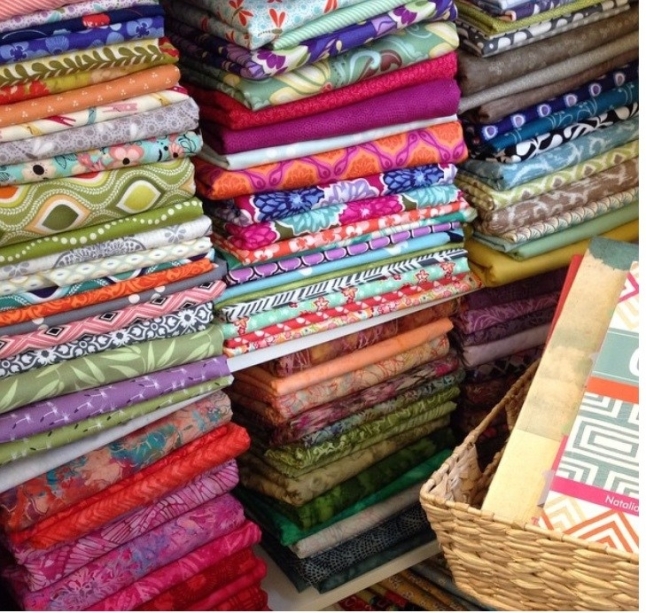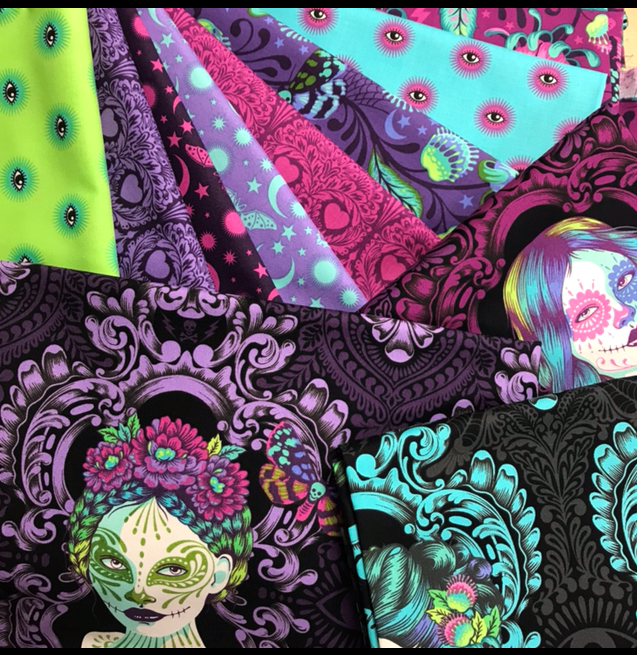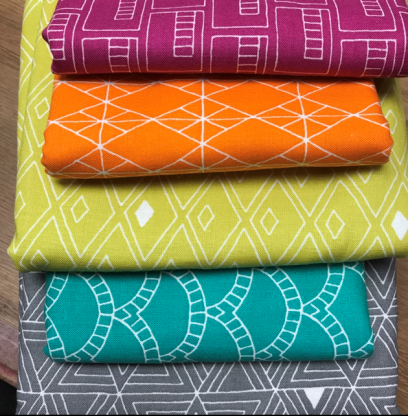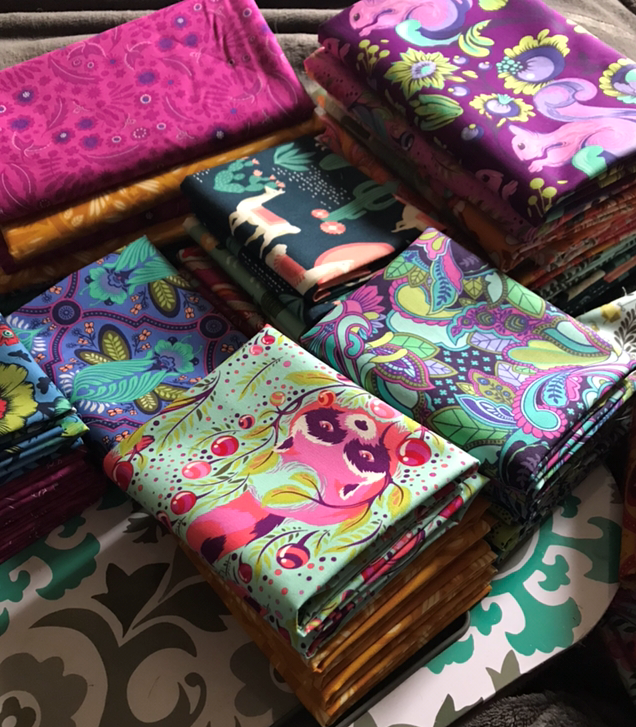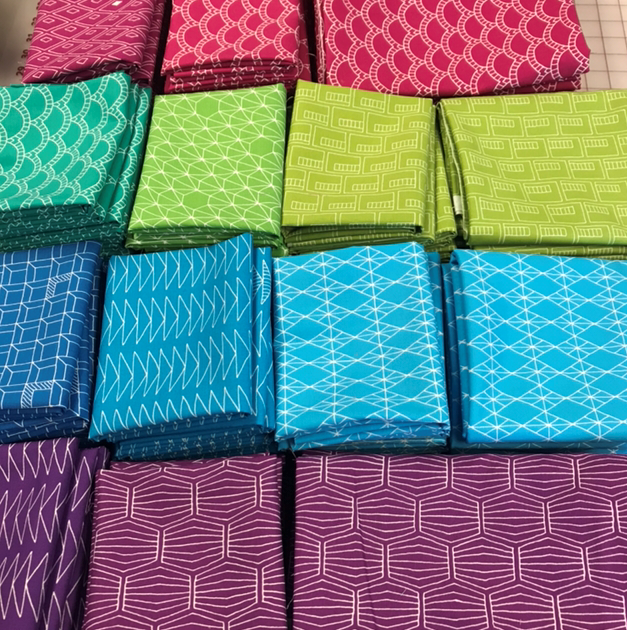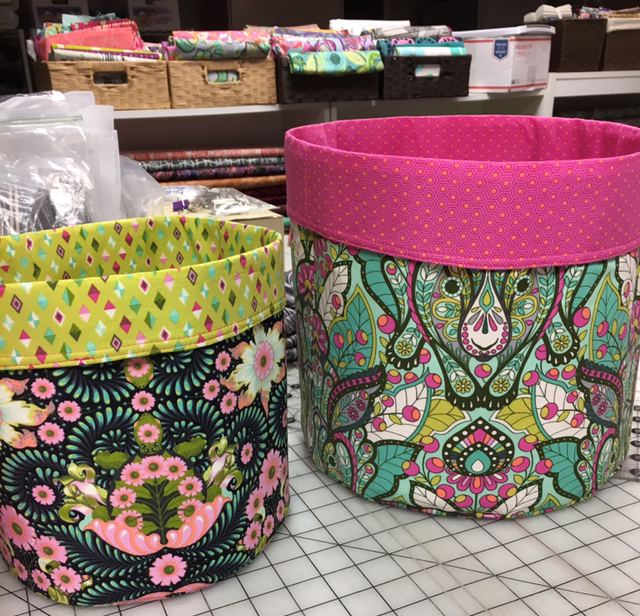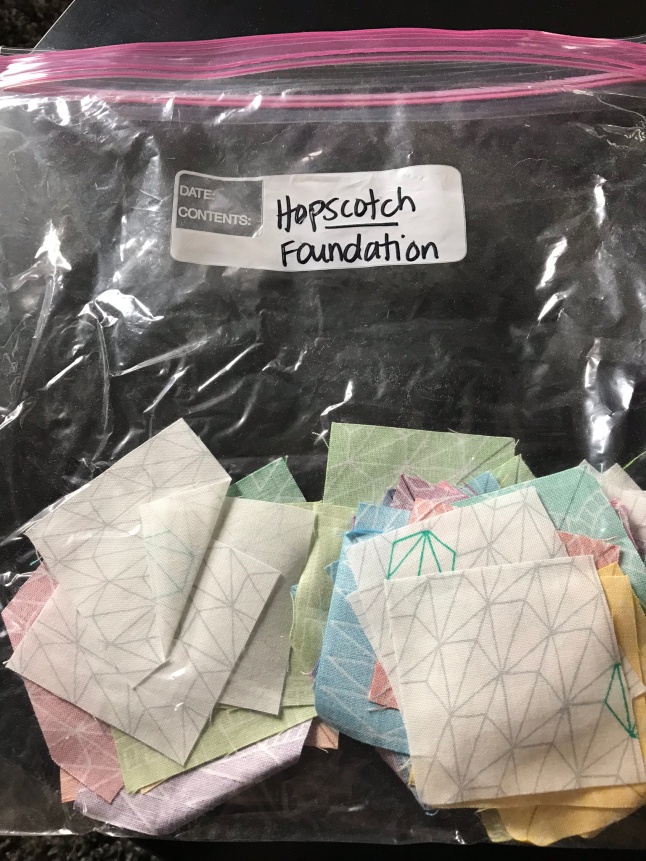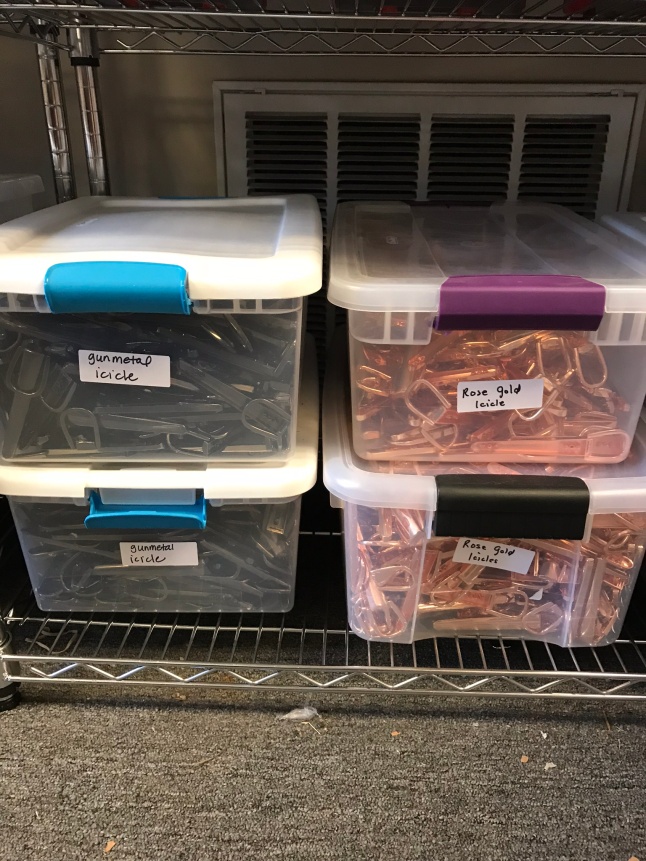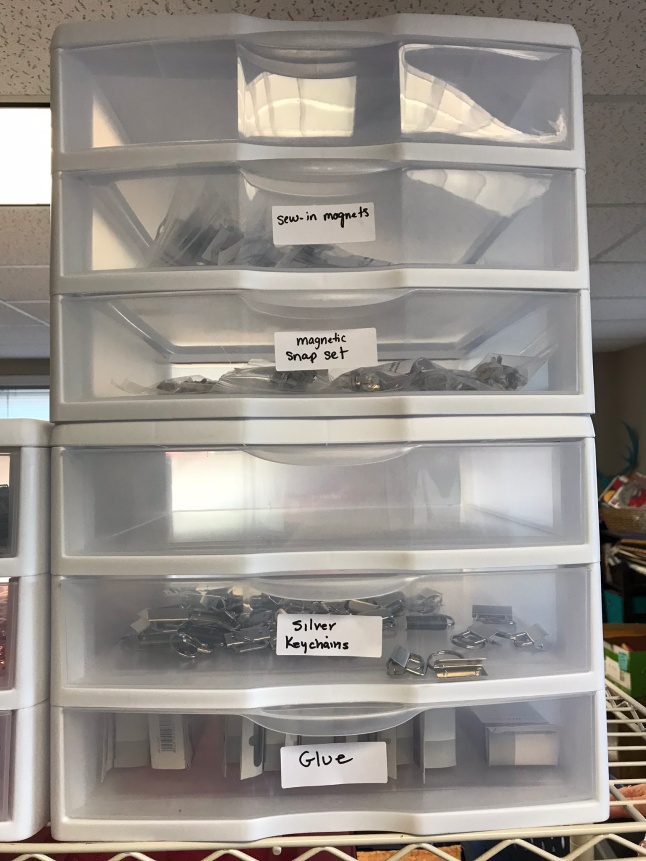It’s no surprise that I love bag hardware! I am always looking for what’s new and exciting so I can add it to my website. I’m a bit of a bling girl myself but I know that some of you prefer something simpler as do I from time to time. When you have that perfect piece of cork or fabric and you don’t want to cover it up but still want to add something fun to your bag, strap ends and strap keepers might be exactly what you’re looking for! Here are my tips and tricks for using these pieces. You can find them on my website in 6 colors!
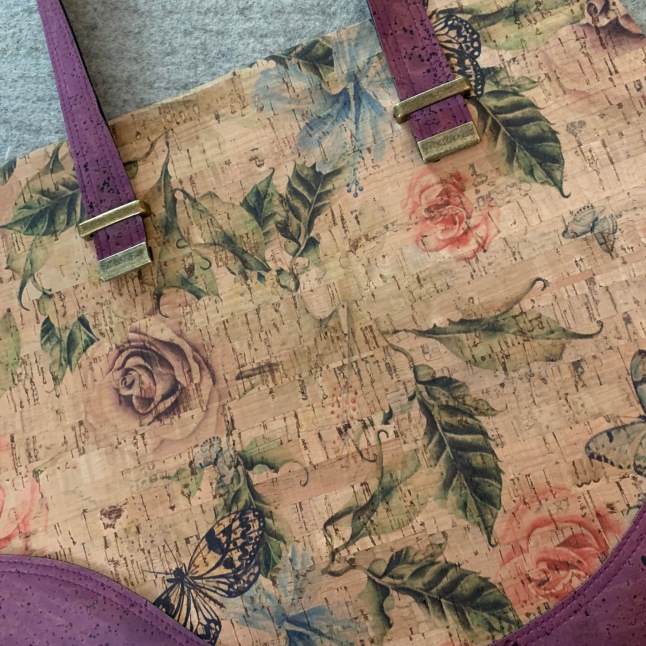
Using Strap Ends
Straps Ends are very simple to add to any of your bag handles. They slide on and screw in place covering the end of your handle and giving it a nice finish. Here’s a few tips that will help you out:
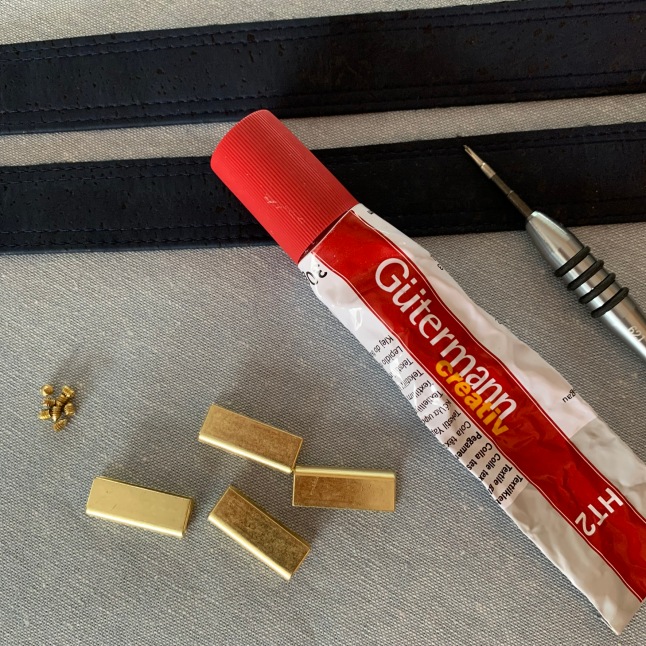
First you’ll need to complete your straps. The ends are still unfinished. You will also need your straps ends (which come with tiny screws), a screwdriver (This is a magnetic Diva screwdriver found on the website too) and glue. I prefer Gutermann HT2 but E6000 will also work. Please note: If your screws don’t match exactly to the strap ends its ok because you won’t see them when you’re done.
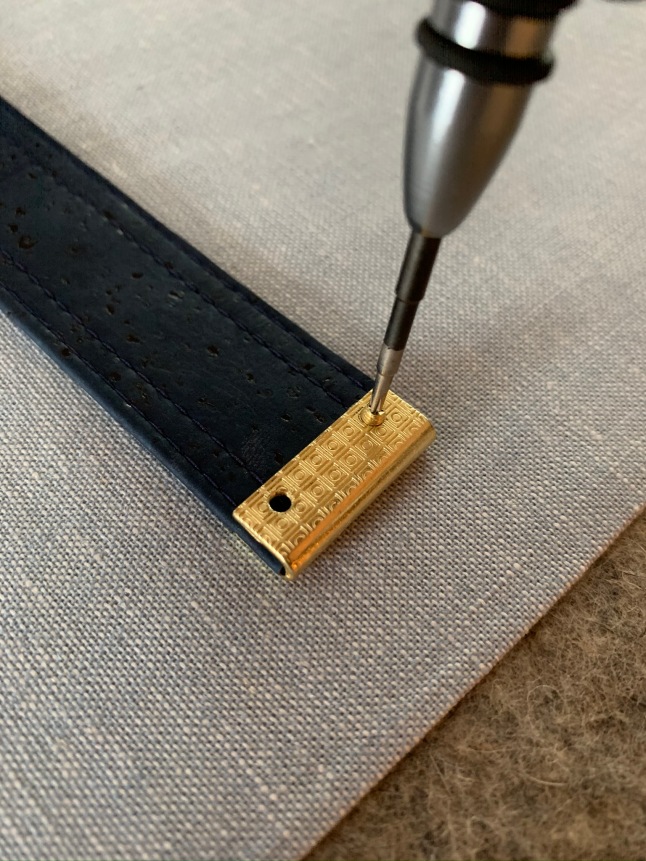
Next, add some glue in the channel of the strap end. Slip onto the end of your strap and screw in place. Simple right? Here’s a tip for you: As I mentioned earlier, the screw color doesn’t matter. In fact (in my opinion) the screws don’t really matter at all. You can skip them completely and just use glue. As long as you use the proper glue (see above) then your ends won’t come off. And you won’t see the back after the next step.
Some bag makers like to use rivets or Chicago screws to hold straps down. Those would also work just fine for this handle. But I’m going to show you how to use the strap keepers for the final step of this bag.
Adding Strap Keepers
Strap Keepers do exactly that – keep your straps in place – but they are actually more decorative than functional. They are also referred to as strap bridges by some bag makers. They’re quite easy to install too! First you need to sew the handles to the bag front and back.
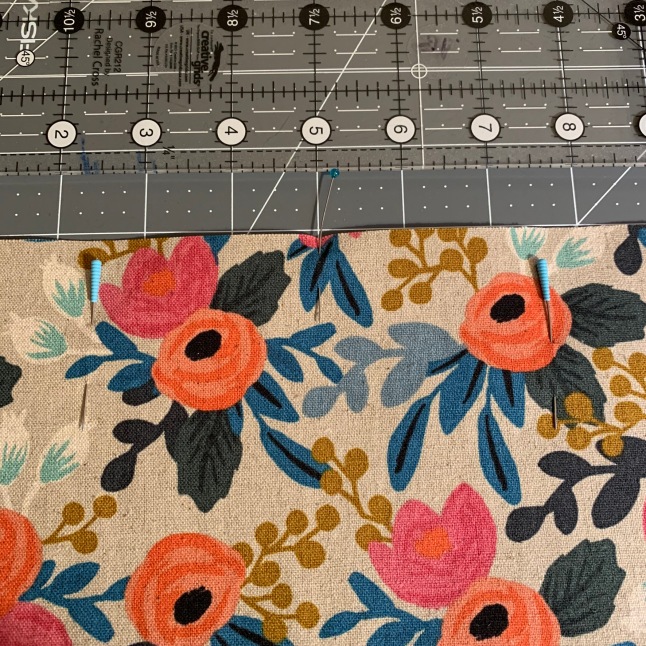
Find the center of the bag and mark with a pin. Mark out 2.5″ on either side of the center for handles that will be 5″ apart when done.

Place end of handle 3″ down from the top edge and clip in place…..

Handles should be placed 5″ apart, centered. The 5″ is measured from the inside of the handles

Measure 1″ up from the bottom of handle (strap end) and mark lightly with pencil or chalk.
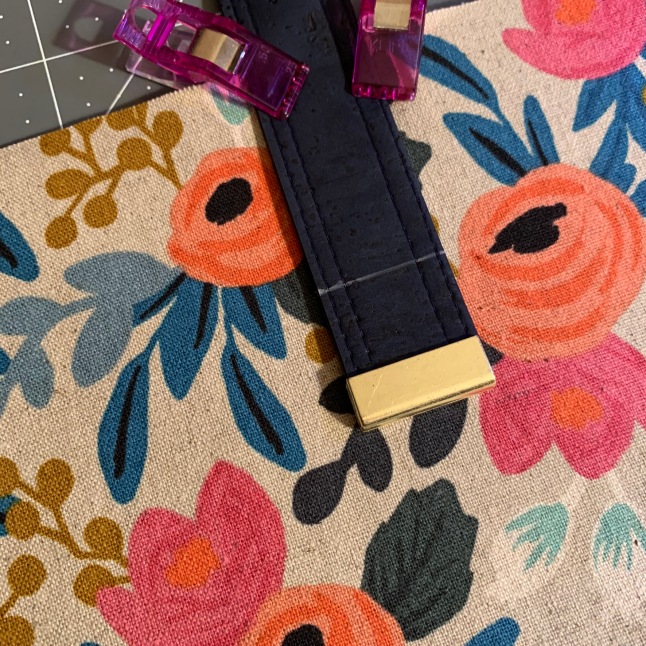
Mark both ends of handle.
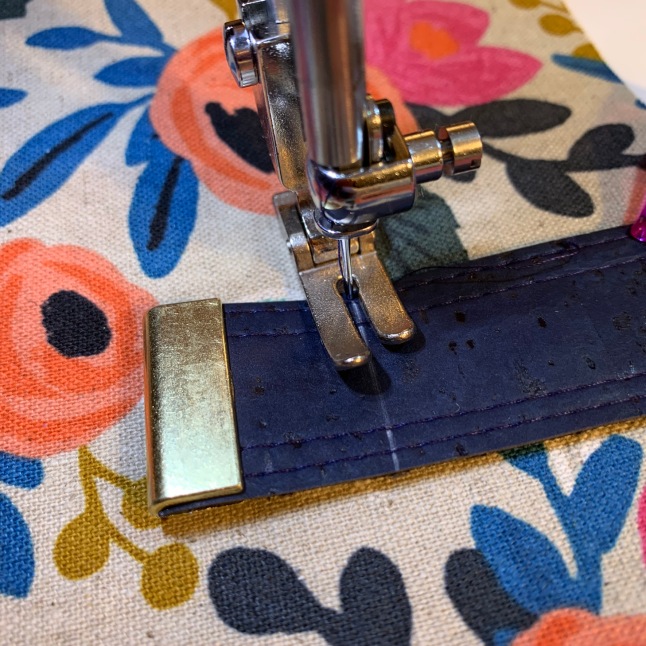
Stitch back and forth a few times to secure handle in place. Repeat on back with second handle.
Once handles are secured to the bag front and back, the Strap Keepers will cover the stitching & keep them in place.
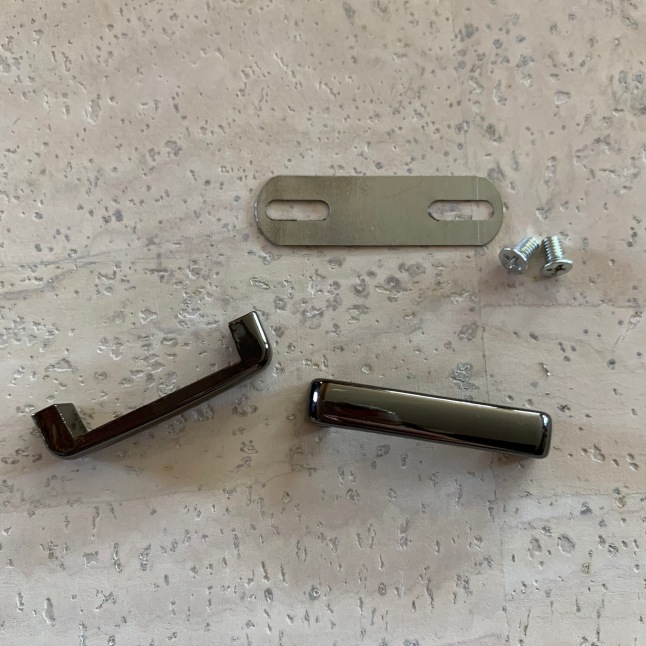
Strap Keepers (set of 4) come with washers and screws. One set per bag. (This is not a complete set shown)

- Use the washers that came with the strap keepers to mark the placement. Place a washer 1.75″ – 1-7/8” from top of bag and center over the stitching you just did on the handle.
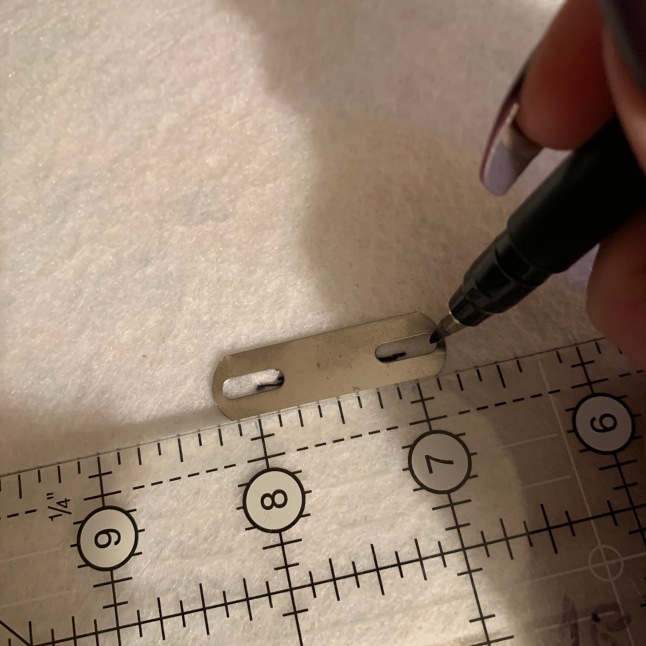
Use a pencil or pen and mark the ends of the slits in the washer
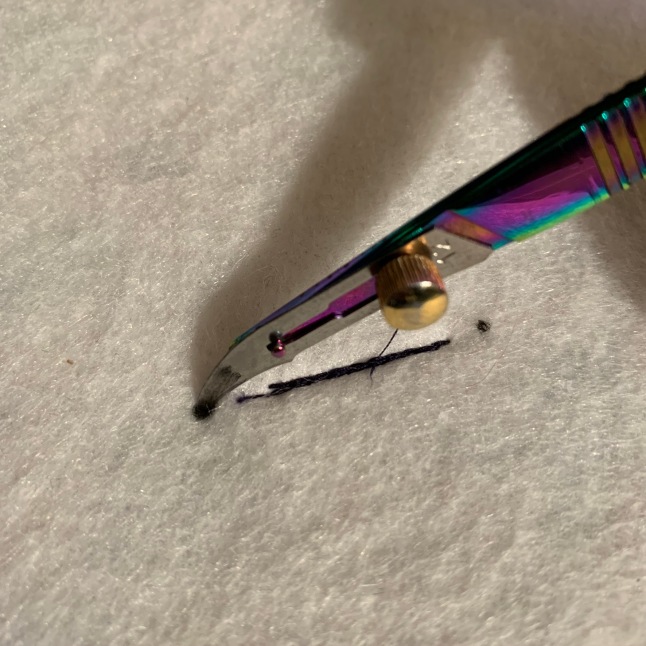
Use your seam ripper or small sharp scissors to cut a small hole on each end for the screws. Make sure you cut all the way through to the front but don’t cut too large of a hole.
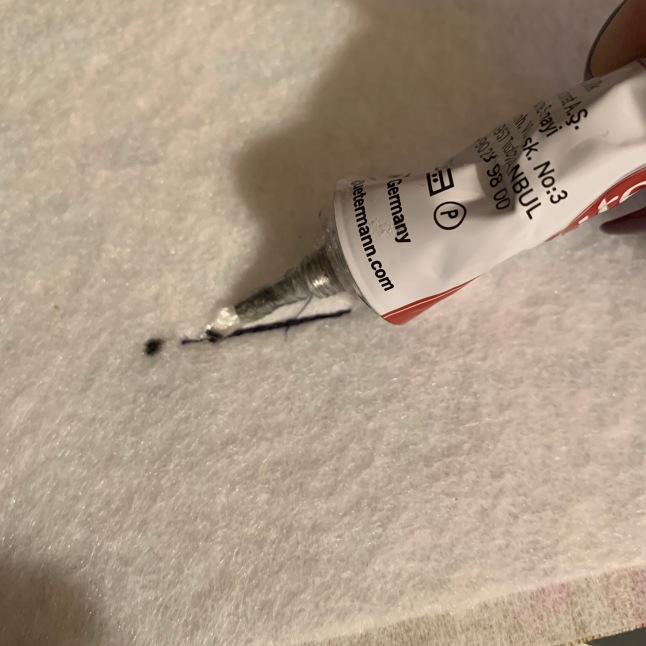
Add glue between holes, right over stitches, (for washer stability)
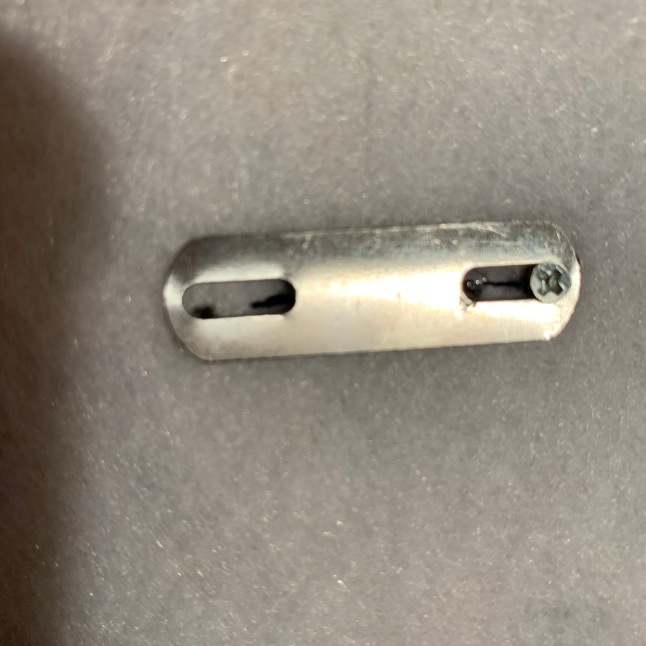
Add screws from the back, through washer, to front of bag and secure hardware in place.

Gunmetal, Yellow Gold & Rainbow

Note: Gunmetal and Yellow Gold strap ends have a slightly different color/finish than strap keepers.
Hope you enjoyed the tutorial! Happy Sewing,
Jess

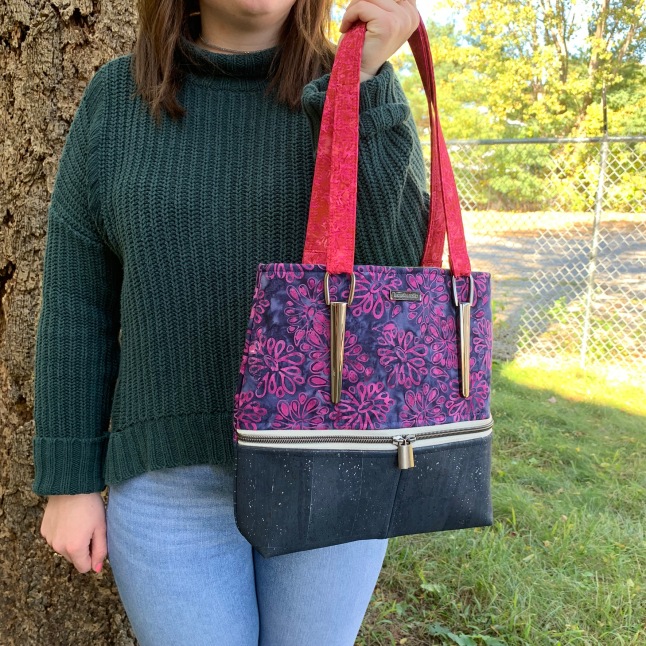


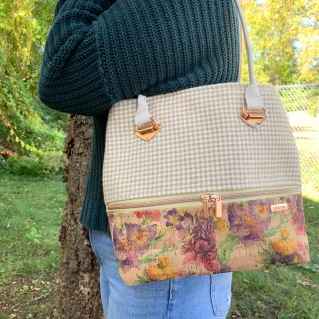

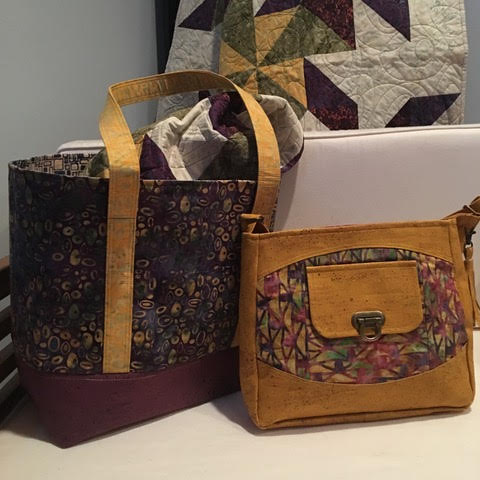



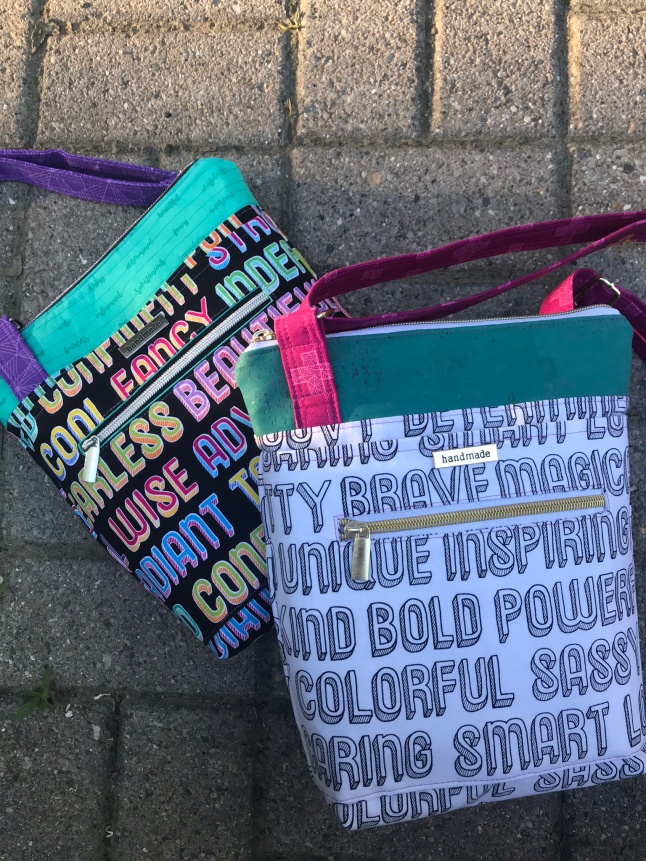
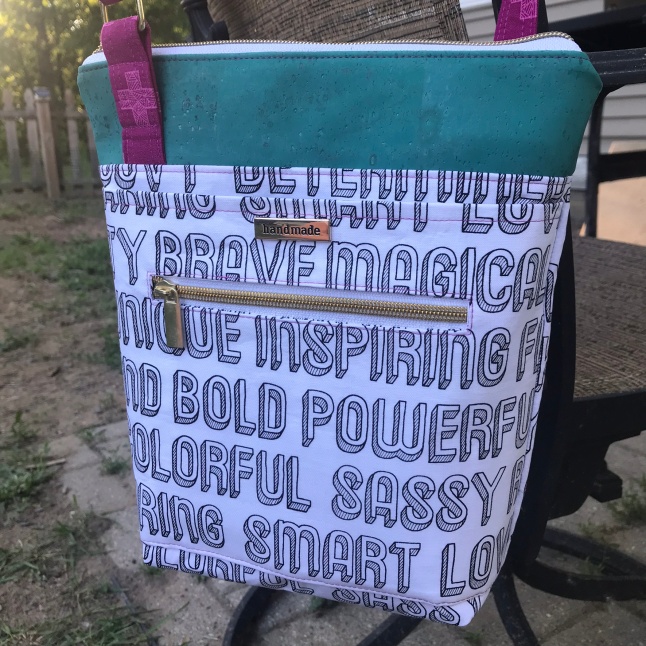
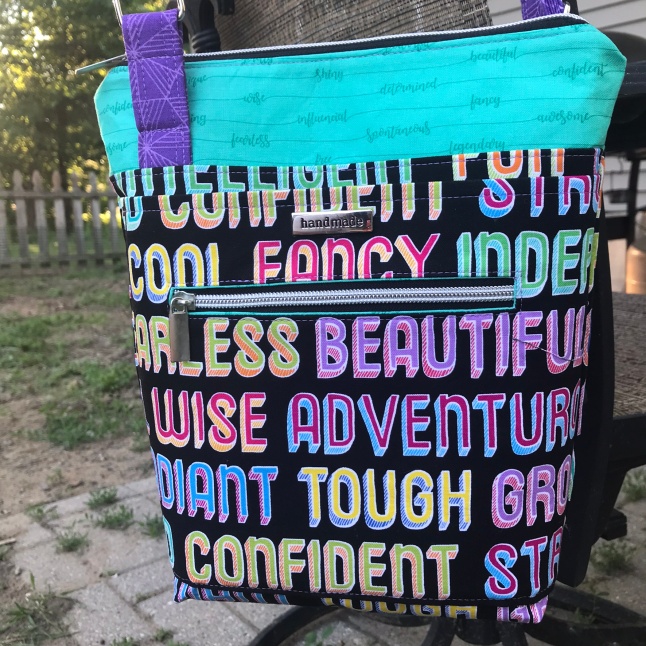


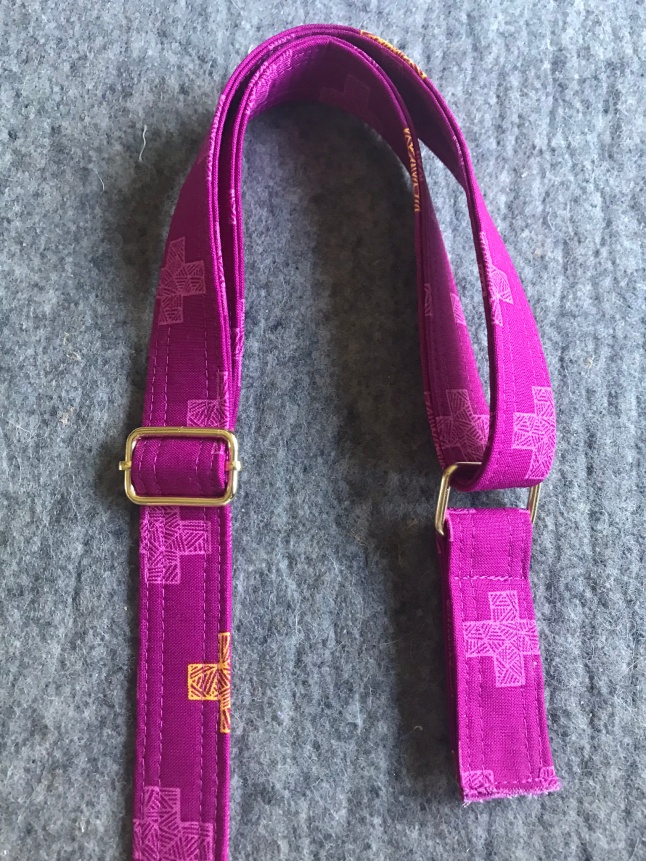
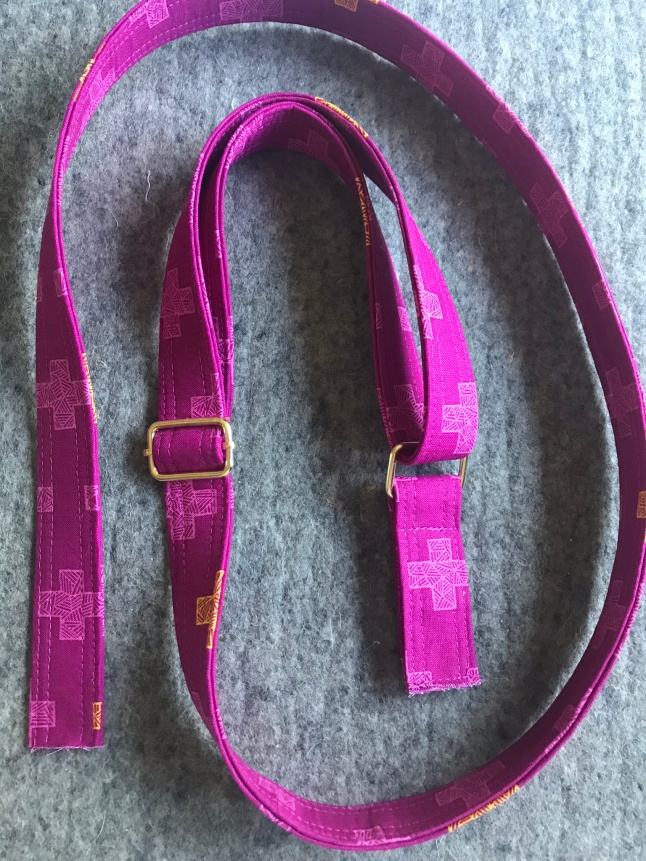

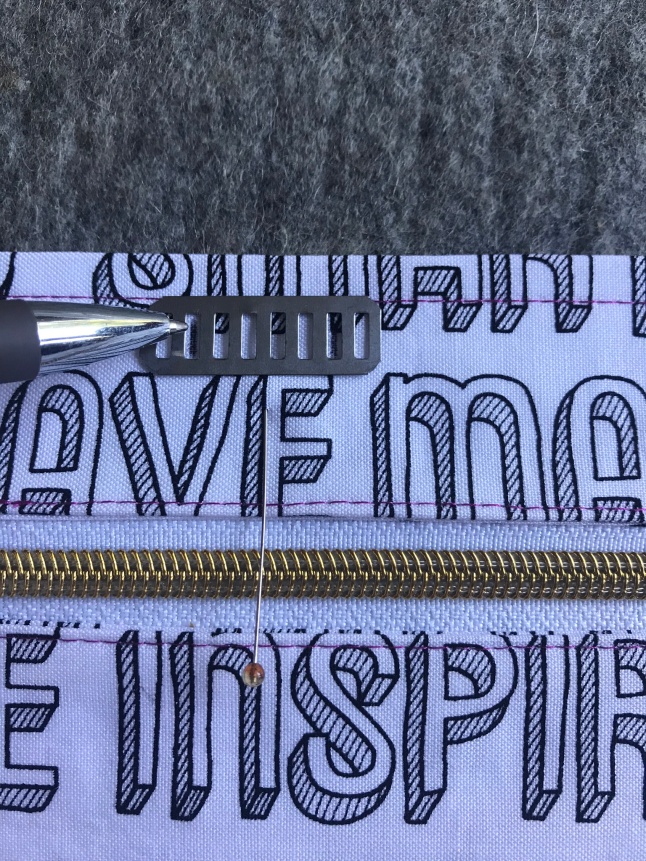
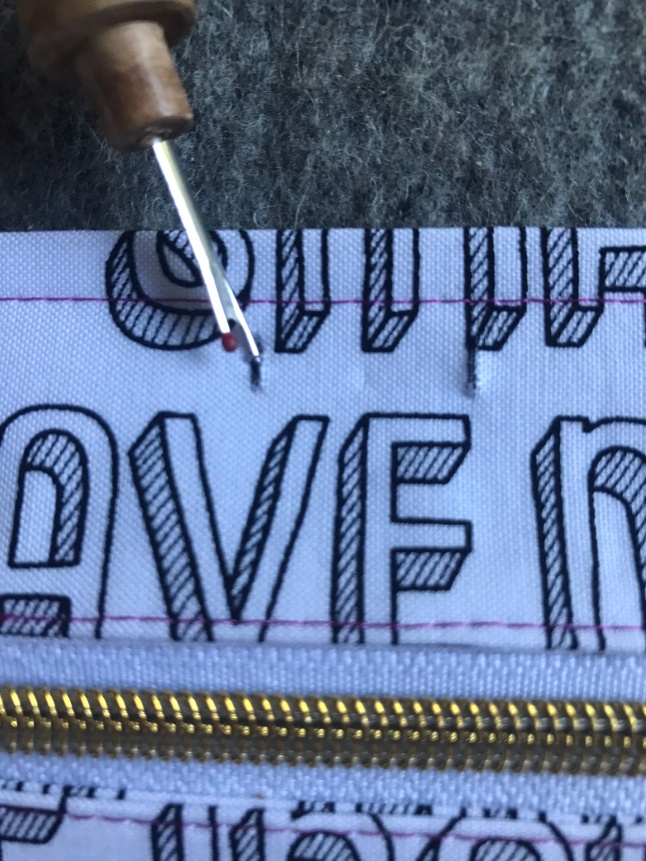
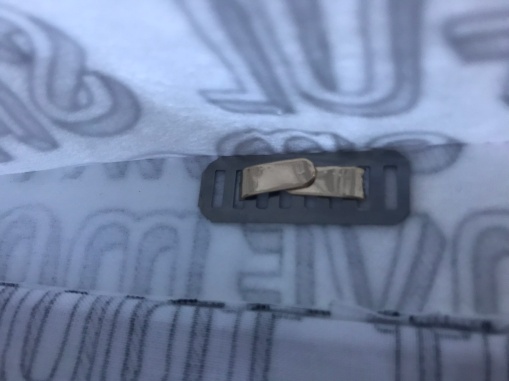
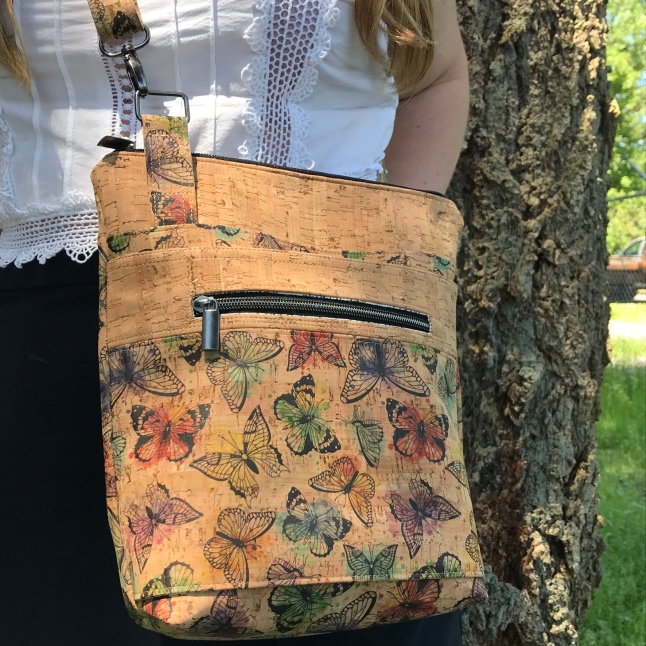
 I recently purchased a Granny’s Perfect Press wool pressing mat from
I recently purchased a Granny’s Perfect Press wool pressing mat from 



